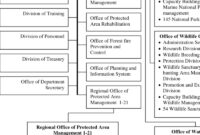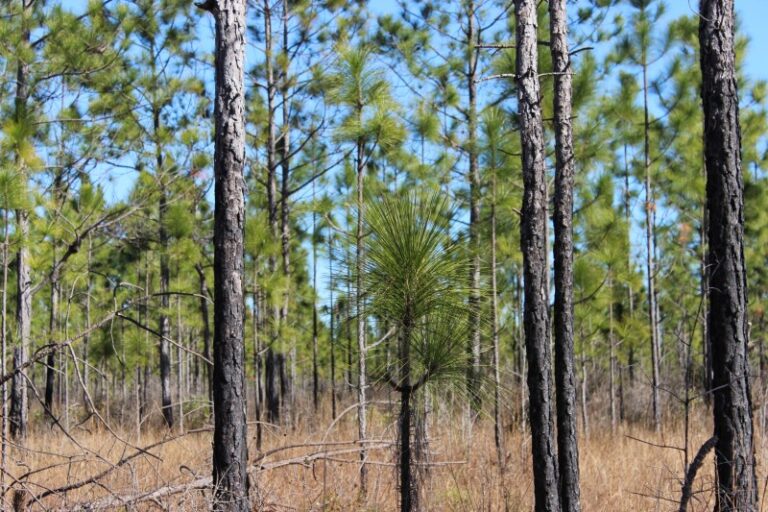Endangered Species Protection – When a species is listed under the National Wildlife Refuge Act, NOAA evaluates and determines whether each area meets the definition of critical habitat. Those areas may be designated as critical habitat by law enforcement.
Critical habitat is needed to support the recovery of the listed species. When a species is listed under the Endangered Species Act, NOAA is required to determine whether there are areas that meet the definition of critical habitat.
Endangered Species Protection

The designation of an area as critical habitat does not create a closed area, marine conservation area, refuge, wilderness preserve, reserve, or other protected area; and the designation does not refer to land ownership. Instead, once critical habitat is designated, other federal agencies consult with NOAA to ensure that the activities they provide, authorize, or conduct will not damage or modify the habitat.
How Are We Protecting Endangered Cetaceans Around The World?
We are required to design critical habitat based on the best available scientific information. We must also consider economic, national security, and other factors relevant to designating an area as critical habitat. Areas owned or controlled by the United States Department of Defense are exempt from designated habitat if we determine that a signed Natural Resource Management Plan provides benefits to the species – these plans are required – plans under the Sikes Act. It cannot be classified as a principal residence in a foreign country or in other jurisdictions outside the jurisdiction of the United States.
Under the Expertise Act, critical habitat projects are evaluated at the same time we issue a final species designation for the final project species, or the critical habitat design is not species sensitive, or a decision cannot yet be made. In cases where critical habitat cannot be determined at the time the species is listed, we can extend the term for critical habitat designation by another year.
As with the census regulations, the public is asked to comment on the proposed residential designation and provide relevant information. We also seek comments from other relevant government agencies, the scientific community and industry. The research supporting the proposed habitats is based on the best available scientific data and is independently peer-reviewed. We consider public and peer-reviewed feedback before publishing specific accommodation options.
For each designated habitat, click on the Electronic Content of Federal Regulations (eCFR) link to view a map of critical habitat and any text description that further defines the boundaries of critical habitat. Supporting materials, including reports and/or additional maps, if available, can be found by clicking on Key Terms. For all important location information, the proposed or final regulation and the Code of Federal Regulations, which are included in the table below, should be consulted for detailed information on the proposed or final location.
Why Should Endangered Species Be Protected?
Once critical habitat is designated, federal agencies must contact us to ensure that any activity they authorize, fund, or conduct is not likely to damage or diminish the criticality of the site.
For citizens conducting activities on private land that do not involve a federal agency (for example, a private landowner conducting activities that do not have federal funds or permits). Designation of critical habitat does not affect land ownership or the establishment of refuges, wilderness preserves, reserves, or areas of special protection. The proposed solution also does not allow the government or the public access to private land.
Over time, it may be necessary to revise a species’ habitat specification based on new information that has evolved since the publication of the habitat specification. This review process can happen in one of two ways under the ESA:
1. We receive a petition from an individual or group requesting that we review a species’ critical habitat (see Current Critical Habitat Review Petition).
Endangered Species Protection
2. We have voluntarily decided to investigate whether it is justified to reconstruct critical habitat for the species.
This diagram shows the general steps we take to evaluate critical habitat designation petitions for ESA-listed species.
After we receive a critical residence reclassification petition, we must publish an inquiry within 90 days (as far as possible) explaining our decision on whether to accept the petition.
Within 1 year from the date of submission of the petition, if – after analyzing the best available scientific data – we determine that the habitat restoration of the species:
A Force Of Conservation, The Endangered Species Act Faces A Fraught Future
After publishing a proposed regulation to redefine a species’ critical habitat, we consider the public comments received and any new information that may become available to make a final decision. We may also withdraw proposed legislation if we determine that there is insufficient evidence to justify the proposed action.
Generally within one year from the date of adoption (this period may be extended in certain circumstances).
When we freely decide to investigate whether a species’ habitat reformation is warranted, most of the steps are similar to the petition process described above; however, we are not bound by special rules regarding the appeals process (specifically the 90-day investigation and 12-month discovery phase). The following diagram shows the general steps we take to process ourselves. Celebrate the 50th anniversary of the Endangered Species Act by learning about NOAA’s efforts to conserve endangered species and habitats.

Join us in celebrating the 50th anniversary of the Disaster Prevention Act, May 19 through December 28, 2023! This is a powerful tool for species and habitat conservation.
List Of Iran’s Endangered Animals. Source: Environmental Protection…
By law, NOAA is responsible for the protection, conservation and recovery of more than 160 endangered and threatened aquatic species. At NOAA, we rely on the best science to implement the ESA. During this 50-year anniversary, we’re highlighting our science, conservation, partnerships and the people who make ESA a reality through the features and videos below.
Work in the Chesapeake Bay includes identifying and protecting areas these fish use for spawning, efforts to reduce boat strikes, and educating students about these fish.
Unprecedented weather patterns, ocean warming and climate-induced sea level rise are reducing the habitat at risk for small toothfish.
The minnow gets its name from its distinctive speech – a long, serrated snout – which it uses to make its way through schools of fish, swinging it from side to side to catch prey. Their rostra also contains electronic organs, which help the fish detect when prey is near. Credit: NOAA
Endangered Species Can’t Wait For Protection
Ocean warming and the intensity of storms caused by climate change are affecting prey availability and habitat quality for sharks and rays, a migratory, stony species in the ocean.
The sea shark’s scientific name – Carcharhinus longimanus – comes from its long, rounded fin (Longimanus means “long arms”). Credit: Andy Mann
As we celebrate the 50th anniversary of the Endangered Species Act, we shine a light on our recovery efforts to reduce bycatch to protect and conserve sea turtles.

NOAA and the US Fish and Wildlife Service are proposing revisions to the Endangered Species Act enforcement rules
Protecting Endangered Wildlife With Iot
NOAA and the US Department of Fish and Wildlife are proposing a series of revisions to the joint regulations that guide the implementation of this national regulation.
In celebration of the 50th anniversary of the Endangered Species Act, NOAA is highlighting marine mammal and sea turtle species found in Alaska that are protected by the ESA.
Right whales in the eastern North Pacific are the largest population of whales in the world – only 30 whales remain.
Removed from the endangered species list in 2013, part of the eastern Steller Sea population is still recovering a decade later.
Mastercard Wildlife Impact Card Program
Celebrate the 50th anniversary of the Endangered Species Act by recognizing some of the endangered and threatened species found in the waters of the southeastern United States.
To mark the 50th anniversary of the passage of the Endangered Species Act, we’re shining a light on biologists and their efforts to save Pacific sea turtles from extinction.
Scientists skinned the 607-kilogram turtle on the deck of the R/V Sheila B before releasing it into the water. From left to right: Scott Benson, John Douglas, Denise Gregg, Mike James, Lauren Donnelly-Crocker. Credit: Heather Harris. Permit #1596.

Celebrating the 50th anniversary of the passage of the Endangered Species Act, we shine a light on the biologists and collaborators who are saving the Sacramento River’s winter chinook salmon from extinction.
Global Warming And Endangered Species Initiative
Brian Elroth (left), NOAA’s Winter Run Salmon Recovery Coordinator in Sacramento, and his colleagues, Kathy Marcincavage and Howard Brown, conduct habitat surveys on local rivers in California.
Celebrating the 50th anniversary of the passage of the Endangered Species Act, we shine a light on biologists and their collective efforts to save southern killer whales from extinction.
A southern killer whale is seen through a zoom lens swimming in the water. Killer whales are among the fastest marine mammals, swimming up to 35 mph. Credit: NOAA/Northwest Science Center
Climate-induced changes, such as rising sea levels and extreme weather, are affecting the health of marine animals – and their ability to survive.
Endangered Species Protection Agency
To mark the 50th anniversary of the passage of the Endangered Species Act, we’re shining a spotlight on biologists and their efforts to save California’s Central Coast coho from extinction.
Erin Seghesio (left), NOAA Central California coho recovery coordinator, and Jodi Charrier, salmon biologist, visit Lagunitas Creek in 2021.
Protection endangered species, endangered species protection program, endangered species need protection essay, endangered species and their protection, endangered species habitat protection, do endangered species need protection, why endangered species need protection, protection of endangered species wikipedia, endangered species need protection, protection for endangered species, endangered species act protection, endangered species protection agency
- Dog Socialization Care Guide - August 11, 2024
- Best Dog-friendly Vacations - August 11, 2024
- Wildlife Conservation Organizations - August 10, 2024








